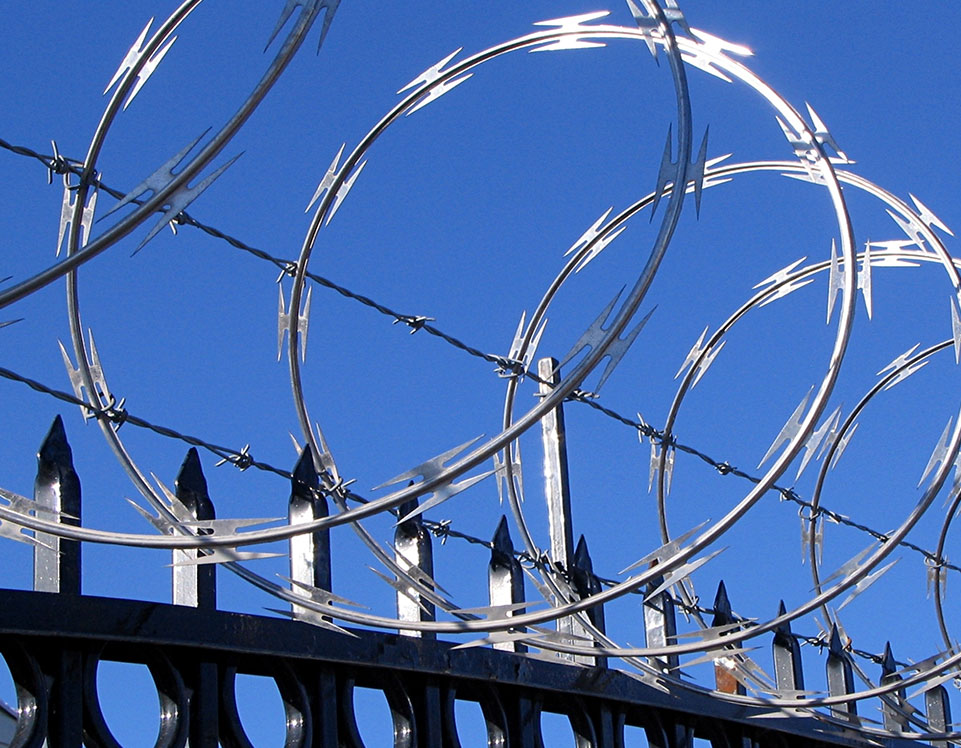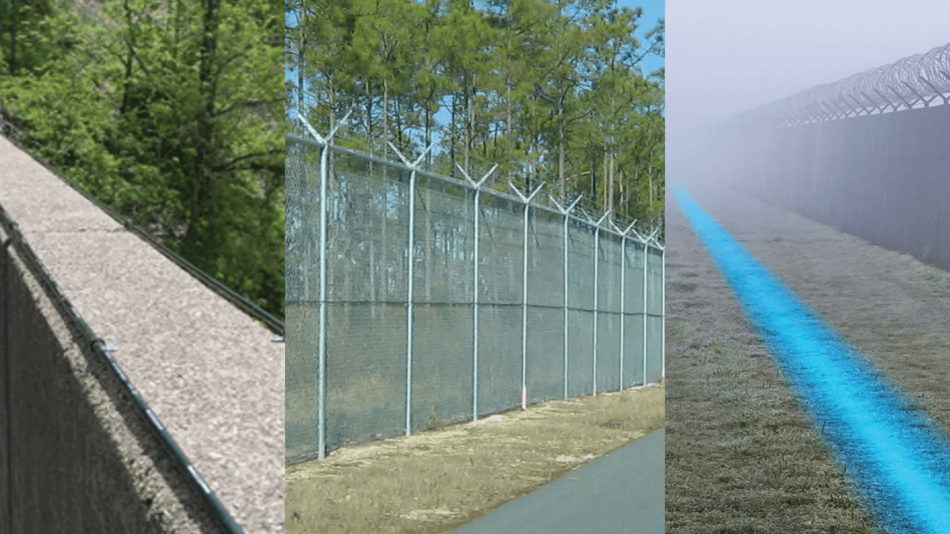Why a Fiber Optic Security System Is Crucial for Sensitive Facilities and Environments
Boost Your Safety With Advanced Fiber Optic Security Solutions
In a period where protection is critical, advanced fiber optic safety systems provide an engaging option for enhancing safety and security throughout various settings. These systems not only boast remarkable bandwidth and rate for high-resolution monitoring however also supply impressive strength against exterior interferences. As companies significantly look for reputable means to shield their assets, the combination of innovative technologies like AI and IoT within fiber optic structures increases necessary inquiries about their effectiveness compared to conventional systems. What implications do these developments hold for future safety and security steps?
Benefits of Fiber Optic Security
Taking advantage of the advantages of fiber optic modern technology considerably improves protection systems throughout numerous applications. Among the key advantages is the increased bandwidth capability, permitting the transmission of large quantities of information at broadband. This is especially important for real-time video surveillance, where high-resolution feeds can be sent without latency, guaranteeing immediate action capacities.
In addition, fiber optics exhibit premium resistance to electro-magnetic interference, which is vital in environments with potential signal disturbances. This reliability makes certain constant performance in essential safety operations. Fiber optic cable televisions are much less prone to touching and unauthorized accessibility contrasted to standard copper wiring, consequently boosting data integrity and confidentiality.
Another notable advantage is the durability of fiber optic systems; they are much more resistant to environmental factors such as dampness, temperature level changes, and corrosive substances. This strength converts to decrease upkeep prices and longer lifespans for safety installations.
Lastly, the light-weight nature of fiber optic wires assists in easier setup and routing, specifically in complex frameworks (fiber optic security system). Eventually, the integration of fiber optic modern technology into safety systems not just reinforces protection steps but also maximizes operational effectiveness
Key Functions to Think About
When reviewing fiber optic protection systems, several essential features must be taken into consideration to make certain optimal performance and performance. Initially, analyze the system's detection variety and sensitivity; a comprehensive array enables checking huge locations, while high sensitivity makes certain that even minor disruptions are identified quickly.
Next, think about the combination abilities of the system. A fiber optic security system ought to effortlessly user interface with existing protection actions such as cams and alarms, developing a natural safety network.
Durability and ecological resistance are also important attributes. Ensure that the system is made to hold up against severe climate condition and potential physical dangers, as this will extend its functional life expectancy.

Last but not least, consider the scalability of the system. A robust fiber optic security system should be conveniently expandable to accommodate future requirements without considerable overhauls. By carefully taking into consideration these features, you can choose a fiber optic security remedy that boosts safety and security and safety in your environment.
Installment Process Summary
To effectively carry out a fiber optic safety system, a Home Page systematic setup process is important. This procedure begins with an extensive site assessment to identify the particular protection requirements and to identify ideal areas for fiber optic cables and protection gadgets. Following this analysis, the installation team will establish a comprehensive plan, including cable television pathways, essential equipment, and conformity with regional guidelines.
Next, the installment includes laying the fiber optic wires, guaranteeing they are shielded from environmental aspects and physical damage. Proper handling methods are essential, as fiber optic cable televisions are delicate and can be easily damaged. After the cabling is set up, adapters and terminations are thoroughly completed to make sure signal honesty.
The subsequent phase contains setting up safety and security tools such as electronic cameras, motion detectors, and security system, all incorporated with the fiber optic network. Strenuous testing is carried out to verify that all components are operating properly and to make certain ideal performance.

Contrasting Fiber Optic to Traditional Equipments
The advancement of protection modern technology has brought about substantial innovations in the contrast between fiber optic systems and traditional copper-based systems. Fiber optic systems make use of light to transmit data, offering remarkable data transfer and speed contrasted to their copper equivalents. This causes improved information transmission capabilities, making fiber optics suitable for high-resolution video clip security and real-time surveillance.
Furthermore, fiber optic cables are immune to electromagnetic interference, decreasing the probability of signal destruction created by outside factors. This particular makes sure regular efficiency, also in read what he said challenging settings. In comparison, conventional copper systems are extra prone to disturbance, causing prospective vulnerabilities in protection applications.
Resilience is another benefit of fiber optic systems. They are less prone to damage from environmental elements such as moisture and temperature fluctuations, which can compromise copper circuitry. In addition, fiber optics are lighter and thinner, enabling simpler setup and lowered physical footprint.
However, standard systems have a tendency to have lower first prices, making them attractive for budget-conscious projects. While fiber optic systems might require a higher in advance investment, their lasting advantages-- such as lower maintenance prices and greater dependability-- often outweigh the initial expense, positioning them as a premium choice for modern security requirements.
Future Trends in Security Innovation
Emerging patterns in protection technology are poised to change the landscape of surveillance and risk detection - fiber optic security system. As organizations significantly encounter advanced hazards, developments such as fabricated intelligence (AI) and maker knowing (ML) are becoming indispensable to protection systems. These innovations boost the ability of fiber optic systems by allowing real-time data evaluation, recognizing anomalies, and automating feedbacks to possible violations
Furthermore, the combination of the Internet of Points (IoT) is revolutionizing security structures. IoT devices can supply detailed situational awareness and promote seamless communication between various protection parts. This interconnectedness permits for much more efficient monitoring and faster case reaction times.
Biometric verification is also gaining energy, offering a higher level of security through unique physical attributes. As this modern technology evolves, it is likely to be included into fiber optic systems for enhanced websites access control.
Verdict
To conclude, progressed fiber optic safety systems stand for a substantial improvement in security and surveillance technology. Their exceptional bandwidth, resistance to disturbance, and durability assist in reliable tracking and data integrity. As these systems incorporate AI and IoT capabilities, they enhance the overall safety and security framework, guaranteeing durable defense for properties. The shift from conventional systems to fiber optic remedies reflects an expanding trend towards much more reliable and effective security steps in an increasingly complicated technical landscape.